Results 5,451 to 5,460 of 12094
Thread: Anandtech News
-
10-27-15, 03:06 AM #5451
Anandtech: ARM Announces New CCI-550 and DMC-500 System IPs
Today ARM announces two new additions to its CoreLink system IP design portfolio, the CCI-550 interconnect and DMC-500 memory controller. Starting off with the CCI announcement, we find the third iteration of the Cache Coherent Interconnect. The CCI is the cornerstone of ARM’s big.LITTLE strategy as it provides the required cache-coherent system interconnect between CPU clusters and other SoC blocks such as the main memory controllers and thus enabling heterogeneous multiprocessing between all the IP blocks.
The CCI-550 is an improvement to the CCI-500 which ARM announced back in February among other IPs such as the new Cortex A72 core design. Both the CCI-500 and the new CCI-550 are generational successors to the CCI-400 that is found in all currently released big.LITTLE SoCs such as Samsung’s Exynos, MediaTek’s Helio or Qualcomm’s Snapdragon designs. Back in February I was pretty excited to see ARM improve this part of their IP portfolio as it seemed that there was a lot of optimization that could be done in terms of performance and power.
As a reminder, the primary characteristics of the new CCI-5X0 designs is the addition of a snoop filter within the interconnect that is able to maintain a directory of all cache contents among its coherent agents. On previous IP such as the CCI-400, all coherency messages needed to be broadcasted among all agents, causing them to have to wake up and respond. This not only impacted performance due to the increased latency but also had a power impact caused by the processing overhead. For the new CCI family, ARM explains that in heavy use-cases the new snoop filter can save up to “100’s” of milliwatts of power which is a quite significant figure.
Due the broadcast nature of how the CCI-400 was operated, it meant that adding another coherent agent would have incurred a quadratical increase in the amount of messages such as snoop lookups. The CCI-500 on the other hand is able to take advantage of the new filter to increase the number of ACE (AXI Coherency Extension) master ports from 2 to 4 without increased overhead. This for example enabled the implementation of up to 4 CPU clusters if a vendor wished to do so. The new CCI-550 again improves this configuration option by raising the maximum number of ACE master ports to up to 6.
In the example SoC layout diagram that ARM provides, we see the CCI-550 configured with two CPU clusters such as the Cortex A53 and a Cortex A72. The remaining four ACE master ports could be then dedicated to a fully coherent GPU.
ARM explains that its still to-be-announced next-generation Mali IP codenamed "Mimir" will be fully cache-coherent and would be a perfect fit to take advantage of such a configuration (Current generation Midgard-based GPUs such as the T6-/7-/800 series are only I/O coherent). Fully coherent GPUs will be able to take advantage of shared virtual memory and new simplified programmers models provided by APIs such as OpenCL 2.0 and HSA.
While the amount of ACE master ports increases from 4 to 6, the amount of possible memory interfaces has also gone up from a maximum of 4 to up to 6. This allows an increase of up to 60% in the total peak interconnect bandwidth (total aggregate bandwidth). This improvement not only comes from the two additional memory interfaces, but also an additional increase which can be credited to micro-architectural improvements on the interconnect itself. For example, we're told the CCI-550 is able to reduce CPU-to-memory latency by 20% when compared to the CCI-500.
ARM explains that its CCI IP is highly customizable and thus each vendor can configure it to their needs. The IP will be able to scale in terms of physical implementation based on the number of desired interfaces and ports.
As an IP vendor, ARM is aiming to provide highly optimized integrated solutions, and memory controllers are consequently part of such designs. ARM previously offered the DMC-520 with DDR4 support but this memory controller was aimed at more complex enterprise designs employing AMBA 5 system IP such as ARM’s CCN (Cache Coherent Network). The DMC-500 announced today on the other hand is ARM’s first mobile-targeted memory controller with support for the new LPDDR4 memory standard. Aimed for AMBA 4 system IPs such as the CCI family, this is the memory controller IP we’ll most likely see adopted by vendors in consumer devices such as smartphones.
The DMC-500 promises support for LPDDR4 up to 2133MHz while still maintaining LPDDR3 compatibility. This is an important differentiation factor as in doing so ARM is able to offer maximum flexibility in terms of choice of implementation for vendors. Performance wise, ARM promises up to 27% increase in memory bandwidth utilization in a low power design.
All in all today’s announcements provide some solid improvements in ARM’s IP portfolio. On the memory controller side I’m not certain what the rate of adoption ARM’s DMC’s is; as far as I know the main "heavyweight" SoC vendors currently chose to employ their own memory controller IP. Those who don’t have their own IP and instead use ARM's designs are often hard to single out as many times the choice of memory controller is completely invisible to the system.
On the interconnect side I predict that we’ll be seeing a lot more discussions and developments from third-party vendors. Even among today’s higher-profile big.LITTLE SoCs I’m only aware of LG’s Odin to use ARM’s CCI as a “center-piece” in their SoC fabric while other vendors chose to implement it alongside their own interconnect fabric. Vendors who have the resources and design talent may also chose to implement cache coherency into their own interconnect IP. They would thus be able deploy big.LITTLE systems or other similar fully coherent SoCs without ARM’s CCI IP. For example, MediaTek is among the first to do exactly this in the Helio X20 with help of the in-house designed MCSI. Next year we should be seeing new big.LITTLE SoCs equipped with both ARM’s IP such as the CCI-500 or 550 alongside third-party IP, creating a new differentiation point for SoC vendors that will undoubtedly make competitive landscape much more interesting.
More...
-
10-27-15, 12:30 PM #5452
Anandtech: Motorola Announces the DROID Turbo 2 and DROID Maxx 2 For Verizon
Motorola has been one of Verizon's Android device partners for many years now. Before Verizon had the iPhone, Motorola's DROID smartphones provided several alternatives for users who didn't want to leave Verizon, or who wanted the features or differentiation provided by Android smartphones. While the DROID line isn't what it once was, there are still DROID branded smartphones made by Motorola launched on Verizon every year. Today Verizon and Motorola announced two devices that follow up on the original DROID TURBO and DROID Maxx. Appropriately, the new phones are called the DROID TURBO 2 and the DROID Maxx 2, and you can view their specs in the chart below.
It's clear that the Droid Maxx 2 is positioned as more of a mid-range device, with the Droid TURBO 2 at the high end. Both devices are similar as far as their size, mass, and battery capacity is concerned. While the TURBO 2 is actually slightly thinner and has a smaller display than the Maxx 2, the height and width of the chassis are a bit longer. The display on the TURBO 2 is also a QHD AMOLED panel, while the Maxx 2 is a 1080p IPS LCD.DROID TURBO 2 DROID Maxx 2 SoC Qualcomm Snapdragon 810 Qualcomm Snapdragon 615 GPU Adreno 430 Adreno 405 RAM 3GB LPDDR4 2GB LPDDR3 NAND 32/64GB + MIcroSDXC 16GB + MicroSDXC Display 5.4" 2560x1440 AMOLED 5.5" 1920x1080 IPS LCD Dimensions 149.8 x 78 x 7.6-9.2mm, 169g 148 x 75 x 8.9-10.9 mm, 169g Camera 21MP Rear-Facing, F/2.0
5MP Front-FacingBattery 3760 mAh 3630 mAh OS Android 5.1.1 Lollipop Cellular Connectivity 2G / 3G / 4G LTE (Qualcomm UE Category 7/9) 2G / 3G / 4G LTE (MDM9x25 Category 4) Other Connectivity 2x2 802.11a/b/g/n/ac + BT 4.0, microUSB 2.0, GNSS 2x2 802.11a/b/g/n + BT 4.0, microUSB 2.0, GNSS SIM Nano-SIM Price
The display on the Droid TURBO 2 is actually the device's selling point, although when saying the word display it's not necessarily referring to the display panel used. Instead, the unique part about this display is the fact that Motorola claims that it's shatterproof. Unlike a typical smartphone display stack, the TURBO 2's Moto ShatterShield display consists of several layers which are designed to absorb the shock of an impact. Instead of a single cover glass, the TURBO 2 has an exterior lens that sits overtop of an interior lens, with both being significantly more flexible than traditional cover glass. Motorola also has an additional touch layer to create redundancy if one is damaged during an impact, and the flexible AMOLED display also works to protect from damage.
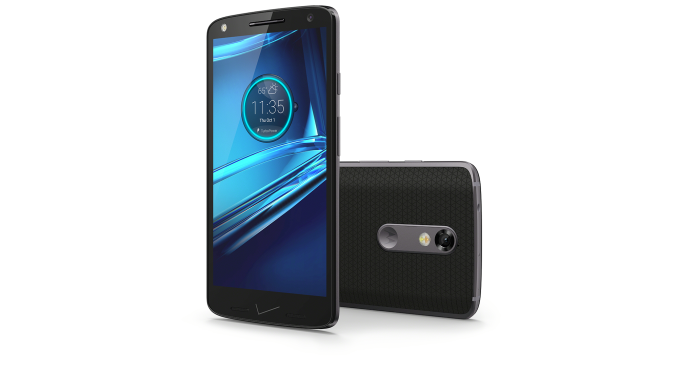
Motorola DROID TURBO 2Motorola claims that the exterior and interior lenses are designed to have the highest degree of optical transmissivity, but it's likely that there will be some degree of reduction in transmissivity when compared to standard smartphone displays. Reflections will also be amplified, and since there are gaps between the layers you'll be dealing with internal reflection which could make the display more difficult to use in heavy ambient lighting. As of right now it's really hard to say what impact Motorola's ShatterShield display has on visual quality, but it seems safe to assume that both Motorola and Verizon are confident about its ability to protect against damage as they are providing a four year warranty specifically for if the display does crack or shatter.
Since the Droid TURBO 2 is a Verizon exclusive smartphone, it's hard to say if or when we'll see Motorola bring their ShatterShield displays to products that ship on a wider scale. It's possible that the launch in the Droid TURBO 2 is a method of testing how consumers respond to the feature and how much demand there will be. I personally have done well by just not dropping my phones, but obviously accidents do happen and it only takes a single drop to ruin a perfect record and leave you with a shattered display.
Anyone interested in the DROID Turbo 2 or DROID Maxx 2 can get them in two days if they're on Verizon in the US. On a 24 month installment plan the Turbo 2 is $24 per month for the 32GB model, or $30 per month for the 64GB model, while the Droid Maxx 2 is $16 per month.
More...
-
10-27-15, 06:00 PM #5453
Anandtech: Apple FY 2015 Q4 Results: Record Fourth Quarter With 48 Million iPhones So
Today Apple released their Q4 results from fiscal year 2015, and in what seems like an almost unending cycle, the company has once again set a new record for the quarter with $51.5 billion in revenue. That is a 22% increase over the same period last year, where the company only had $42 billion in revenue. Apple’s strong margins continue, with 39.9% margin for the quarter. Operating income came in at $14.6 billion, up from $11.2 billion last year, and net income rose $2.6 billion year-over-year, coming in at $11.1 billion for the quarter. Earnings per share was $1.96, up from $1.42 last year.
The large gains can be mostly attributed to the iPhone 6 and 6 Plus, released last year to record sales. The recently launched models were only available for a short time this quarter, but of course contributed their initial sales to Q4. The full impact of the latest models should be even more felt in Q1 FY 2016. Despite the iPhone being far and away the largest product for Apple, Mac sales have also contributed, along with services and Apple Watch.Apple Q4 2015 Financial Results (GAAP) Q4'2015 Q3'2015 Q4'2014 Revenue (in Billions USD) $51.501 $49.605 $42.123 Gross Margin (in Billions USD) $20.548 $19.681 $16.009 Operating Income (in Billions USD) $14.623 $14.083 $11.165 Net Income (in Billions USD) $11.124 $10.677 $8.467 Margins 39.9% 39.7% 38.0% Earnings per Share (in USD) $1.96 $1.85 $1.42
The iPhone is king at Apple. It contributes the largest portion to their overall revenues, and with the excellent margins Apple enjoys, it is very profitable. Apple sold just over 48 million iPhones last quarter – a quarter where the new model was known to be incoming. Yes, the 6s and 6s Plus were released in Q4, but only at the tail end of the quarter. This is a 22% increase in phones sold year-over-year. Revenue for the iPhone alone was $32.2 billion for Q4, which is up 36% year-over-year and up 3% from last quarter. Q1 2016 (Oct-Dec 2015) will be the holiday quarter, and this is traditionally the strongest quarter for iPhone sales.
Mac sales increased 3% year-over-year, which means that the Mac is still showing slow growth at a time when the rest of the PC market is in decline. Apple sold 5.7 million Macs last quarter, which resulted in $6.9 billion in revenue.
The iPad continues to decline, with sales falling 20% year-over-year. For the quarter, Apple sold 9.9 million iPads, for revenues of $4.3 billion. This one segment is really the only chink in Apple’s armor, and iPhone sales are likely part of the problem, with people turning to larger phones rather than tablets.
Apple has also steadily increased its services, with the segment achieving 10% growth to $5.086 billion. This includes iTunes, AppleCare, Apple Pay, licensing, and other services.Apple Q4 2015 Device Sales (thousands) Q4'2015 Q3'2015 Q4'2014 Seq Change Year/Year Change iPhone 47,534 48,046 39,272 +1% +59% iPad 9,883 10,931 12,316 -10% -20% Mac 5,709 4,796 5,520 +19% +3%
Finally, we have Other Products, which is Apple TV, Apple Watch, Beats, iPod, and accessories. This segment outperformed all other Apple segments in terms of growth, with a 67% increase in revenue year-over-year. With the acquisition of Beats, as well as the launch of the Apple Watch earlier this year, revenue grew from $2.641 billion in Q4 2014 to $3.048 billion this quarter. Unfortunately, Apple does not break out unit numbers for anything in “Other Products” but you can bet this gain was not due to iPod sales.
I tend to think of Apple as iPhone and other stuff, because the iPhone sales are such a huge part of their revenue stream. iPhone sales now account for 62.5% of revenue, up from 56.2% a year ago. It’s hard to fault them on this though, because clearly the larger displays on the latest iPhones have done very well for the company. But they did show good growth in Macs at a time when other PC vendors have seen a reduction in overall sales. Apple Watch is also off to a good start, but without unit sales its difficult to see any sort of pattern there yet, since it was just launched this year.Apple Q4 2015 Revenue by Product (billions) Q4'2015 Q3'2015 Q4'2014 Revenue for current quarter iPhone $32.209 $31.368 $23.678 62.5% iPad $4.726 $4.538 $5.316 8.3% Mac $6.882 $6.030 $6.625 13.4% iTunes/Software/Services $5.086 $5.028 $4.608 9.9% Other Products $3.048 $2.641 $1.896 5.9%
Looking ahead for Q1 2016, Apple is expecting revenues of $75.5 billion to $77.5 billion, and gross margins staying between 39% and 40%.
Source: Apple
More...
-
10-28-15, 07:07 AM #5454
Anandtech: The Apple iPad Mini 4 Review
For a while now Apple has been holding two launch events toward the end of each year. The first event in September is used to launch new iPhones, and new products and services like the Apple Watch and Apple Pay. In October Apple then has an event where the main focus is on new iPads, along with some other announcements such as new Macs or accessories. This year Apple appears to have switched up the formula, as they rolled both the iPhone and iPad announcements into a single September event. With October essentially over it looks like we won't be seeing any more Apple launch events this year, and new products like the iMac with 4K Retina display have had quieter soft launches.
Since Apple combined their iPhone and iPad events into one, we actually have a new iPad shipping earlier than they're usually even announced. The iPad Pro won't go on sale until November, and the iPad Air 2 didn't see an update, but the iPad Mini line got a significant overhaul in the form of the iPad Mini 4, and it has been available for well over a month at this point. Read on for the AnandTech review of Apple's iPad Mini 4.
More...
-
10-28-15, 03:30 PM #5455
Anandtech: Samsung Announces The 18.4" Galaxy View
For a while now there have been small pieces of information about an 18.4" Samsung Android tablet that was due to release in the near future. The tablet was also hinted at earlier this year at IFA. Today that tablet has gone official as the Samsung Galaxy View, and it's unlike any other Android tablet that I've seen before. Some information is still scarce, but I've put together the known specifications in the chart below.
It's pretty obvious just by looking at the specs that the Galaxy View is a unique device. It sports an enormous 18.4" LCD display, with a 1080p resolution. This certainly isn't near as sharp as the screens you'll get on recent smartphones and tablets, but you're also more likely to use the Galaxy View at a farther distance. However, you are ultimately limited by the length of your arms because you need to touch the display, and so a higher resolution probably would have been beneficial, and I would imagine if the Galaxy View ends up being successful to any degree that we'll see an improved display on the next generation.Samsung Galaxy View SoC 1.6GHz Octa-core GPU ? RAM 2GB NAND 32/64GB + MicroSDXC Display 18.4" 1920x1080 LCD Dimensions 451.8 x 275.8 x 11.9mm, 2650g Camera 2.1MP Front-Facing Battery 5700mAh OS Android 5.1.1 Lollipop Cellular Connectivity Optional LTE with NanoSIM Slot Other Connectivity 802.11a/b/g/n/ac + BT 4.1, microUSB 2.0
With that large display comes a very big and heavy chassis. At 2.65kg it is by far the heaviest Android device I have ever seen, apart from perhaps some AIO desktops that include an Android partition for whatever reason. In order to make the Galaxy View easier to handle Samsung has actually build in a kickstand of sorts, and a handle which can be used to carry it around. It honestly seems a bit comical, but then again so have other past devices like the original Galaxy Note, and perhaps it will eventually be normal to see people walking down the street carrying a giant tablet at their side.
As for the rest of the internals, Samsung has only provided some high level info. The 1.6GHz Octa-core SoC has been reported as the Exynos 7580 by some other sources, but given that it's an unknown part and the available information seems less than reputable I wouldn't want to make any definitive claims at this point about exactly what SoC is in use. It is paired with 2GB of RAM, but it's not clear whether it's of the LPDDR3 or LPDDR4 variety, and that will come along with the SoC verification once we get more concrete specs. There's no rear-facing camera, because when you get to 18.4" there is really no way to take photos. I do wonder if it might have been a useful inclusion for showing a different point of view when video chatting, but ultimately Samsung has decided not to include one.
The battery also looks very small if you assume a 3.85V chemistry, and in fact it would actually be smaller than the battery in the iPad Air 2 if that's the case. If that is true I could only assume that Samsung had to reduce the tablet's mass, and assumed that in most circumstances the user would be close to a power outlet anyway. It's very possible that Samsung is actually using a battery chemistry with a higher voltage and so the capacity will be much larger than the specification given in mAh would imply. This is again something that will hopefully be clarified in the future.
Samsung hasn't announced pricing or availability for the Galaxy View yet, but with it now being official those details shouldn't be far off.
More...
-
10-29-15, 05:39 AM #5456
Anandtech: OnePlus Launches the OnePlus X
When OnePlus launched the OnePlus Two earlier this year the company also mentioned that they would be launching a second smartphone in 2015, and that the new phone would be announced closer toward the end of the year. With November and the holiday season approaching the phone needed to launch fairly soon to meet that deadline, and today OnePlus has made the new device official. It's the OnePlus X, and it's a smaller addition to the OnePlus family, with a 5.0" display and a completely revamped physical design. You can get all the relevant specifications for the OnePlus X from the chart below.
On paper, the OnePlus X does look very similar to the original OnePlus One, but in a smaller form factor. What is probably the most intriguing aspect is the SoC, which is Qualcomm's MSM8974AB. This appears to be a confirmation that Snapdragon 801 can still be sourced, and it's interesting that only OnePlus has decided to utilize it despite the issues with Qualcomm's Snapdragon 808 and 810 SoCs. The OnePlus X uses the 2.3GHz version of Snapdragon 801 rather than the 2.45GHz MSM8974AC used in the OnePlus one, which likely won't have any significant impact in most cases but it's worth pointing out as one of the tiny differences between the two phonesOnePlus X SoC 2.3GHz Qualcomm Snapdragon 801 (MSM8974AB) GPU Adreno 320 RAM 3GB LPDDR3 NAND 16GB + MicroSDXC (No MicroSD on dual-SIM) Display 5" 1920x1080 AMOLED Dimensions 140 x 69 x 6.9 mm, 138/160g Camera 13MP Rear-Facing, f/2.2
8MP Front-Facing OV8858, f/2.4Battery 2520 mAh (9.58Wh) OS OxygenOS/Android 5.1.1 Lollipop Cellular Connectivity 2G / 3G / 4G LTE (MDM9x25 Category 4) Other Connectivity 2.4GHz 802.11b/g/n + BT 4.0, microUSB 2.0, GNSS SIM Nano-SIM (Dual SIM SKU available) Price Onyx: 249 USD / 269 EUR
Ceramic: 369 EUR
The display is the same resolution as the OnePlus One and OnePlus Two, but with the OnePlus X it has gone down to a 5.0" size. With that also comes a switch from IPS LCD panels to a 1080p AMOLED panel, and it'll be interesting to see if the display has the same level of calibration as the OnePlus One did. The WiFi is strange in that it's advertised as WCN3680, which should be a single spatial stream 802.11ac implementation, but OnePlus only advertises support for 2.4GHz 802.11b/g/n.
While the rear-facing camera is the same resolution as the OnePlus One, it's explicitly stated to be an ISOCELL sensor which confirms that OnePlus has sourced their camera module from Samsung this time around rather than using Sony's IMX214 which was used in the OnePlus One. The rear-facing camera gets a bump in resolution from 5MP to 8MP, and uses an Omnivision OV8858 sensor. The lens apertures aren't as wide as the f/2 apertures on the OnePlus One, which will have an impact on low-light shooting performance.
Beyond those changes the OnePlus X looks pretty much like a small OnePlus One as far as the specifications go. Obviously the chassis and display needed to scale down, as did the battery, but these are obvious changes going from a big phone to a smaller one.
The actual design and construction of the phone is a departure from OnePlus's existing industrial design. The OnePlus X drops the exposed plastic and textured back of the OnePlus One and Two, and instead aims for a design made of aluminum and glass. The standard version of the phone has flat metal edges that meet slightly curved glass on both sides, and to me the design looks much more impressive than OnePlus's previous offerings. The phone will also come in two versions, Onyx and Ceramic. The former simply means the black version, while the latter is actually made of ceramic, and also ends up being 22g heavier because of that. The ceramic model will only be sold in limited quantities, with 10,000 being made and sold in Europe and India.
The OnePlus X starts at 249 USD, which is significantly less than the 16GB model of the OnePlus 2 which costs 329 USD. While you definitely do lose a bit as far as specs goes, I actually find the smaller size and new design of the OnePlus X to be much more appealing than the OnePlus Two, and the lower price just makes that look like an even better deal. For anyone interested in buying the OnePlus X you'll still need to get an invite, and it'll be launching in Europe on November 5th for 269 EUR, or 369 EUR if you want the ceramic chassis. In the US the phone will be available on November 11th for 249 USD.
More...
-
10-29-15, 06:53 AM #5457
Anandtech: Behind The Scenes: Evaluating NAS Units with Solution-Based Benchmarks
Recently, I had the opportunity to visit a leading NAS vendor and provide some insights on how we evaluate NAS units. In particular, the talk dealt with the importance of NAS units in real-world applications and how to model them from a benchmarking perspective.
Meanwhile, as the timing of this talk overlaps with some of our upcoming NAS reviews, we decided to open up the presentation to our readers as well in order to give all of you a look at some of what goes on behind the scenes here at AnandTech. We don't often get the opportunity (or time) to write much about our benchmarking selection process, so for us this is a chance to discuss a bit more about how we put together our tests. In addition to serving as a reference for the testing methodology in our reviews, we wanted to present the rationale behind our benchmarking routines and give you guys a chance to offer some feedback in the process.
Introduction and Evaluation MetricsThe presentation started off with a little bit of background information about myself as well as our experience with covering NAS units. We then moved on to a brief discussion of the marketing aspects associated with any NAS unit. An important aspect from a review perspective is that there are multiple units in the market targeting different market segments, and it is not always possible to do apples-to-apples comparison. In addition, a NAS unit receiving stellar reviews from the press doesn't necessarily get automatic market success. We believe success is often dictated by channel presence and bundling deals (particularly in the SMB market).Evaluation metrics can fall under two categories - subjective and objective. The former refers to aspects such as the management web UI. For example, Synology adopts a desktop-like UI, while QNAP and Asustor adopt a mobile OS-like model. Netgear and Western Digital, on the other hand, have a widget-based approach with a rolling icon menu at the top. Different users have different preferences, and it is difficult for a reviewer to point out any particular interface as being the better one without bringing personal opinion into the picture. Another aspect is the mobile app strategy. While vendors like QNAP and Synology have multiple mobile apps for different NAS functionalities (like multimedia streaming, management etc.), ones like Western Digital have a single unified app for all the user requirements. Again, different users might have different preferences in this area. Finally, we have various value-added services. Again, the user-experience with these features is difficult to cover objectively (other than pointing out any obvious bugs in them). In any case, these value-added services are fast becoming marketing checklists. Users interested in any particular service would do well to research that aspect thoroughly (by, say, going over forum posts dealing with the aspect) rather than rely on press reviews. In most cases, these capabilities get feature updates and bug fixes more often compared to the core firmware.On the other hand, objective metrics such as throughput and latency as well as power consumption numbers are more straightforward to analyze. However, reviewers need to keep certain aspects in mind, and we covered those later on in the talk.Power Efficiency and Failure HandlingReaders of our NAS reviews already know about our detailed power consumption and RAID migration / rebuild testing. We presented a step-by-step account in order to shed further light on our evaluation procedure.In terms of failure handling, we believe NAS vendors can differentiate by providing Windows-based tools for recovering data from arrays created on their NAS units. The current easy-to-use options such as UFS Explorer are not free, and a free tool from the NAS vendor would be great for consumers when the NAS suffers a hardware failure, but the disks are in good condition.Performance EvaluationMany reviewers adopt file copy tests as a measure of performance, but that doesn't serve to test out multi-client performance or use-cases such as office productivity. There are number of options available for benchmarking, but most of the open source ones utilize artificial workloads. Even we have been guilty of using benchmarks such as IOMeter and IOZone and presenting results from running artificial workloads on various NAS units. On the other hand, we have commercial load testing tools such as Login VSI (for testing virtualization loads) and hIOmon for replaying and analyzing performance with actual system traces. LoadDynamiX is an appliance that can be used to stress storage nodes, but, again, it is easier to run artificial workload traces (with additional metadata access) on them rather than real-life traces.The Intel NAS Performance Toolkit (NASPT) is undoubtedly the most popular benchmarking tool amongst reviewers handling NAS units. However, it is prone to misuse. I have often seen transfer rates obtained using different disks on different NAS units used as comparison points. It is essential that the storage media as well as the client used to run the tests be the same across all NASPT evaluations. We covered NASPT in detail later on in the presentation.Moving on to the marketing aspects associated with performance, we find that many vendors just provide read and write transfer rates for a pre-specified configuration. Unfortunately, there is no consistency across vendors and in any case, this metric is easy to manipulate in order to mislead consumers. With increasing prevalence of multiple clients of different types, these transfer rates are almost never going to be experienced by the average end-user. The metric that actually matters for stressful workloads (most business use-cases) is IOPS. However, it is not easy to convey the importance of IOPS to home users, as they have no idea of what the requirements for their workload are going to be. It is a situation that reviewers could do well to address.At AnandTech, we focus on three main services - CIFS, NFS and iSCSI - across both Windows 7 and Linux (CentOS / Ubuntu). We used to rely on Intel NASPT in the early days for CIFS and iSCSI. Linux / NFS utilized IOZone. Unfortunately, they are not great choices for multi-client testing.We decided to focus on multi-client testing a few years back and set up configurations similar to the ones depicted in the slide below. The number of VMs that could be simultaneously active on the NAS testbed could be up to 25.Our workload / benchmark program of choice was four artificial traces with IOMeter. We chose IOMeter partly because of the in-built synchronization across multiple clients. Unfortunately, all our graphs presented bandwidth numbers and latencies that were difficult for the average end-user to relate to.The typical NAS user wants a review to provide clear-cut answers for questions such as: "How many simultaneous videos can the NAS stream out?", "How many IP cameras can be reliably recorded on the NAS at the same time?". In our opinion, these 'solution-based metrics' are the holy grail of any NAS evaluation, and that dictated the approach we have been adopting in our recent NAS reviews.Intel NASPT and AnandTech's ExtensionsIntel NASPT was first released at IDF in 2007. It adopted a real-world workload trace replay approach. In those days, NAS units struggled to provide USB 2.0 speeds despite being equipped with GbE LAN ports. For extensive workload behavior analysis, NASPT also shipped with a visualizer. NAS units have improved by leaps and bounds since then, and saturating network links is now hardly difficult for most NAS units. Despite being actively used by reviewers, Intel dropped support for NASPT as it had served its original purpose - targeting improvements in NAS units meant for home and SOHO (small office, home office) use. Fortunately, Intel decided to release the source code and this allowed us to build custom versions that could be used on modern systems.NASPT utilizes traces that were recorded on real systems during actual operation. A summary of the various aspects of each trace is provided below.How could Intel NASPT be used to address our eventual goal of the determination of solution-based metrics? We know that the workload traces, despite being a bit dated, are from real-world applications. The internal trace replay component is still a valid tool. We took advantage of these two portions of NASPT and added a wrapper to farm out the trace replay to multiple clients and also synchronize their execution. Determination of the 'solution-based metric' then boiled down to the number of clients that could provide acceptable performance.We cited an example from our recent review of the Netgear ReadyNAS RN202. In the 'Folder Copy from NAS' workload, we found that the transfer rate saturated beyond 5 clients around 560 Mbps (despite the theoretical link-aggregated bandwidth being 2 Gbps). The average response time also starts to show a steep slope after 5 clients. We could interpret the graph as suggesting that the system (RN202 + 2x WD4000FYYZ drives) could support up to 5 clients performing folder copies to the NAS simultaneously.SPEC SFS 2014Our experiments with the concept of business metrics and solution-based benchmarking was actually triggered by the SPEC SFS 2014 benchmark. SPEC's SFS benchmarks have been around since 1993. The latest release (SPEC SFS 2014) can benchmark both CIFS and NFS shares. The benchmark is based quite a bit on IOZone and the workload traces that are run by the benchmark have been collected on live systems by various vendors participating in the benchmark. Unlike Intel NASPT, the SPEC SFS 2014 benchmark has been designed from the ground up to provide concrete answers for the solution-based metrics that can be supported by a storage node. In order to aid in the decision process, each benchmark run records various business metrics such as the achieved operation rate, throughput and response times.A summary of the various aspects of each trace is provided below. The VDA workload includes contribution from IBM while Microsoft and EMC contributed to the VDI one. NetApp provided the SWBUILD workload, while the DB workload was created with contributions from NetApp and Oracle.SPEC SFS 2014 automatically parses the results from each benchmark run and provides us with a single load point (could be the maximum number of clients tested) and an associated average latency as an indication of the quality of service. The success criteria at each load point is based on the collected business metric at that point as well as the requirements with respect to the oprate and acceptable workload variance across the component processes.The SPEC SFS 2014 benchmark requires at least 10 load points for a publishable result. It is designed for large scale systems. Almost all 2-, 4- or 8-bay NAS units fitted with 7200 RPM SATA drives fail this requirement. However, with SSDs, the results should be much more interesting, as we will see in future reviews.Future Work & Concluding RemarksWe took a break from reviewing NAS units after publishing our Western Digital DL4100 in March 2015. In the mean time, we were able to get our 'solution-based benchmarking' strategy to a state fit enough to use for published reviews. However, we still have a number of avenues left to explore. It would be nice to update the NASPT traces with workloads corresponding to, say, 4K video playback or backup jobs. Investigation into hypervisor effects would be an interesting thing to do (as we use virtual machines with dedicated network links for simulating clients). Many NAS vendors are supporting SMB multi-channel now, and it would be prudent to move from Windows 7 to Windows 10 as the guest OS for the VMs soon. The most important task, however, is to formalize the determination of acceptable business metrics for the NASPT workloads in a manner similar to what has been done for the SPEC SFS 2014 workload traces.In terms of hardware upgrades, the current testbed is being operated in a residential setting, and I am always looking to drive down the power consumption and the noise. In particular, the Netgear XS712T (12x 10GBASE-T smart switch) has a 50 dB+ official rating, and it would be nice to have a quieter alternative. The other aspect is the NAS testbed itself. We are currently using a 2x Intel Xeon E5-2630L system. However, Xeon-D systems with the integrated 10GBASE-T ports are looking very attractive right now in terms of allowing us to operate more virtual machines within the same power budget.As always, we look forward to more feedback on our strategy as well as additional suggestions from NAS vendors as well as readers. A PDF copy of the full presentation is available in the source link below.
More...
-
10-29-15, 07:30 AM #5458
Anandtech: QNAP TS-451+ SOHO NAS Review
QNAP is one of the leading vendors in the COTS NAS (commercial off-the-shelf network attached storage) space. They have a wide variety of hardware platforms to choose from, ranging from ARM-based single-bay systems to Xeon-based rackmounts. Earlier this week, they launched the Bay Trail-based TS-x51+ series for home and SOHO users. We have the 4-bay variant, the TS-451+ in for review. Read on to see how the unit stacks up against the competitors in this space.
More...
-
10-30-15, 07:33 PM #5459
Anandtech: ASRock Rack Launches Xeon D Motherboards
Intel's Xeon D SiP (System-in-package) has turned out to be one of the exciting launches this year in the server CPU space. We have already analyzed Xeon D in detail in our review of the Supermicro SuperServer 5028D-TN4T. Almost all currently available Xeon D systems / motherboards are from Supermicro, but we now have another set of options from ASRock Rack.
The Xeon D family currently consists of two members:
- Xeon D-1520 : 4C/8T Broadwell-DE x86 cores @ 2.2 GHz, 6 MB of L2 cache, 45W TDP
- Xeon D-1540 : 8C/16T Broadwell-DE x86 cores @ 2.0 GHz, 12 MB of L2 cache, 45W TDP
ASRock Rack's Xeon D lineup consists of one board using the Xeon D-1520 and six boards using the Xeon D-1540. Customers have the option of going with either the mini-ITX (mITX) form factor or the micro-ATX (uATX) form factor. The mITX boards are all compatible with 1U rackmount chassis.
In addition to the motherboard size, the differentiation aspects come in the form of support for different varieties of LAN ports, PCIe slot configurations, additional storage ports using the LSI 3008 HBA and different USB 3.0 port configurations. Unlike the mITX boards, all the uATX boards come with a COM port in the rear I/O.The following tables summarize the features of the various products in the ASRock Rack Xeon D lineup.
mITX BoardsuATX BoardsD1520D4I D1540D4I D1540D4I-2L2T SiP Intel Xeon D-1520 Intel Xeon D-1540 RAM 4x DDR4 DIMM Slots 2133 / 1866 MHz RDIMMs (Up to 128 GB) PCIe Expansion Slots 1x PCIe 3.0 x16 Storage Controllers 6x SATAIII 6 Gbps from integrated PCH in the Xeon D SiP
(4x via mini-SAS connector)
(1x with SATA DOM support)1x SATAIII 6 Gbps from Marvell 9172
(via M.2 2280 interface)LAN Controllers 2x RJ45 1GbE
(Intel i210)2x RJ45 1GbE
(Intel i210)2x RJ45 10GbE
(Intel X557-AT2)Board Management Controller ASPEED AST2400 IPMI LAN Controller 1x Realtek RTL8211E Display Output 1x D-Sub VGA USB Ports 2x USB 3.0 Type-A (Rear I/O) These boards are ideal for network and warm storage devices as well as micro-servers. Given the low power nature of the Xeon D platform, some of them can also be useful in home lab settings for experimenting with virtualization or even act as boards for high-end development machines.D1540D4U-2T8R D1540D4U-2O8R D1540D4U-2T2O8R D1540D4U-2L+ SiP Intel Xeon D-1540 RAM 4x DDR4 DIMM Slots 2133 / 1866 MHz RDIMMs (Up to 128 GB) PCIe Expansion Slots 1x PCIe 3.0 x8 (x16 physical) 1x PCIe 3.0 x16 1x PCIe 3.0 x8 (x8 physical) 1x PCIe 3.0 x8 Storage Controllers 6x SATAIII 6 Gbps from integrated PCH in the Xeon D SiP
(4x via mini-SAS connector)
(1x with SATA DOM support)8x SAS3 12Gbps from LSI 3008 HBA
(via mini-SAS HD connector)1x SATAIII 6 Gbps from Marvell 9172
(via M.2 2280 interface)LAN Controllers 2x RJ45 10GbE
(Intel X550)2x 10G SFP+ Fiber 2x 10G SFP+ Fiber 2x RJ45 1GbE
(Intel i350)2x RJ45 10GbE
(Intel X540)Board Management Controller ASPEED AST2400 IPMI LAN Controller 1x Realtek RTL8211E Display Output 1x D-Sub VGA USB Ports 2x USB 3.0 Type-A (Rear I/O) 1x USB 3.0 Type-A (Internal Connector) 1x USB 3.0 Header
More...
-
11-02-15, 07:11 AM #5460
Anandtech: The Apple iPhone 6s and iPhone 6s Plus Review
To be perfectly honest, this past year has been remarkably boring in the mobile segment. For whatever reason, phones have either stood still or regressed when it comes to overall quality. There are a few stand-outs that have been worth talking about like the Galaxy S6 lineup and the Galaxy Note5 lineup, but for the most part every phone I’ve reviewed this year has been disappointing in some way. I carry an iPhone 6 to make sure I stay current on changes in iOS, but my primary phone continues to be an HTC One M7. I was hoping to get a new Android phone this year, but so far nothing has really piqued my interest.
Part of the problem this year is that performance and battery life haven't been the most impressive in a lot of cases. By this point, it's really not a surprise that Snapdragon 810 doesn't deliver as much performance as it needs to for the amount of power that it draws. However, even independent of SoC it seems a lot of OEMs haven't really pushed the bar in design or attention to detail. Some phones have cameras with almost unacceptable post-processing quality, others continue to have poorly calibrated displays, and the ones that have none of those have problems with software experience or something else. In general, no Android phone I've seen this year really delivers everything that I'd want in a single package. There are phones that are clearly better than others, but nothing that rises to the level that I'd want before putting down a few hundred dollars.
In light of this lack of competition in the market, it's arguable that Apple is facing less competition than before. The iPhone 6s would continue to sell quite strongly even if this year's refresh was relatively minor as they would still end up quite strong competitively as they would be able to capitalize on momentum from previous years. If you were unfamiliar with the iPhone 6s and Apple's iPhone launch cycle, at first you might be convinced that Apple has done exactly that. However, in general the iPhone release cycle is such that industrial design is constant for two years at a time, so every other year sees a design refresh. When the design isn't refreshed, the phone often carries significant internal changes. In the past, the iPhone 3GS brought a better SoC, a faster modem, and a better camera. The iPhone 4S brought a new SoC, camera, and Siri. The iPhone 5s brought a new SoC, camera, and TouchID. In general, we can see a pretty clear pattern of evolution but it seems that with the 5s the refresh launches have generally brought new features as it has become insufficient to simply ship a faster SoC and possibly a modem and camera refresh to justify a new smartphone. To find out whether the iPhone 6s is justified, read on for the full review.
More...
Thread Information
Users Browsing this Thread
There are currently 19 users browsing this thread. (0 members and 19 guests)




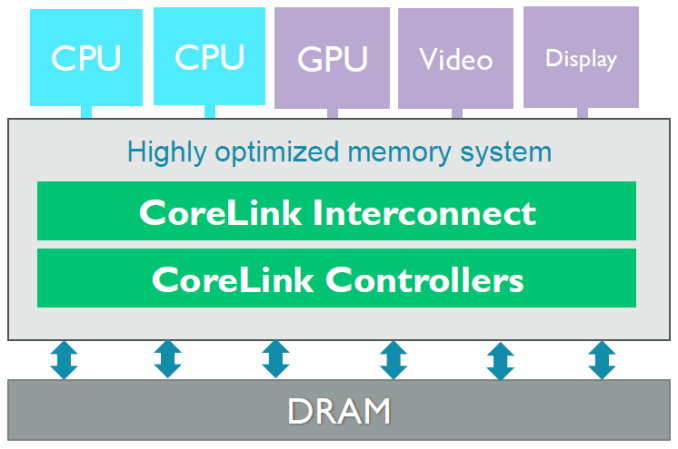
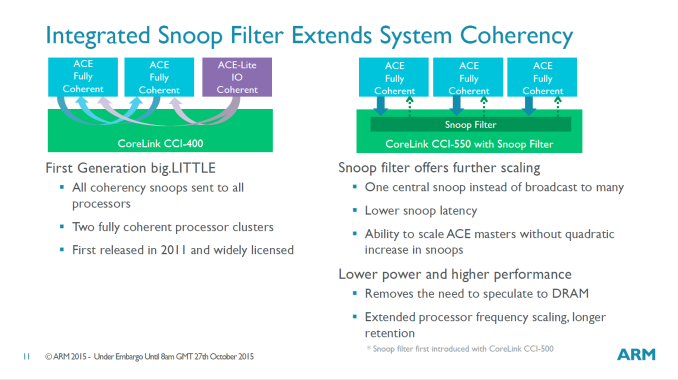
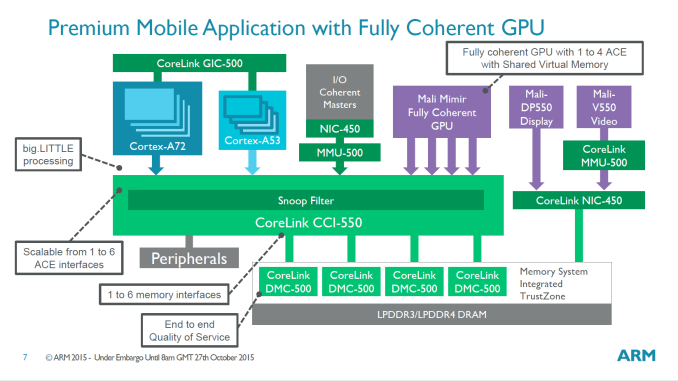



 Quote
Quote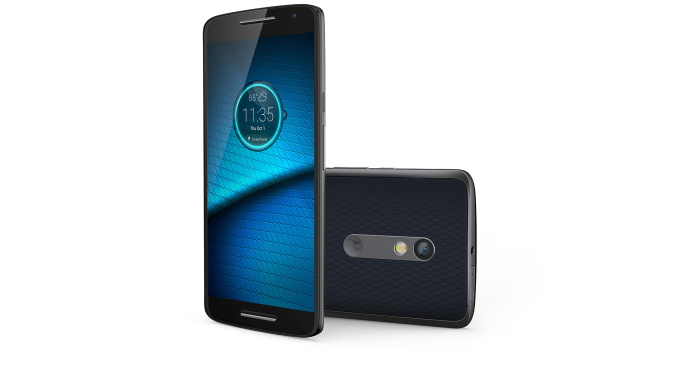
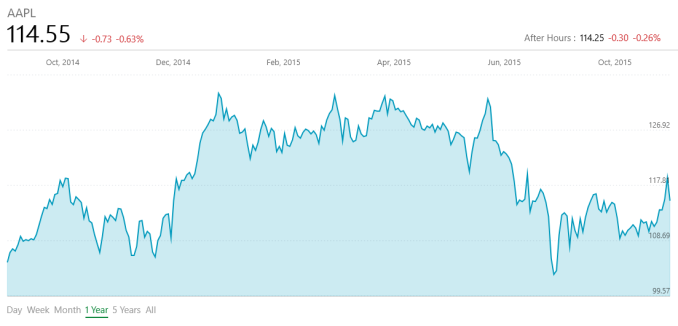
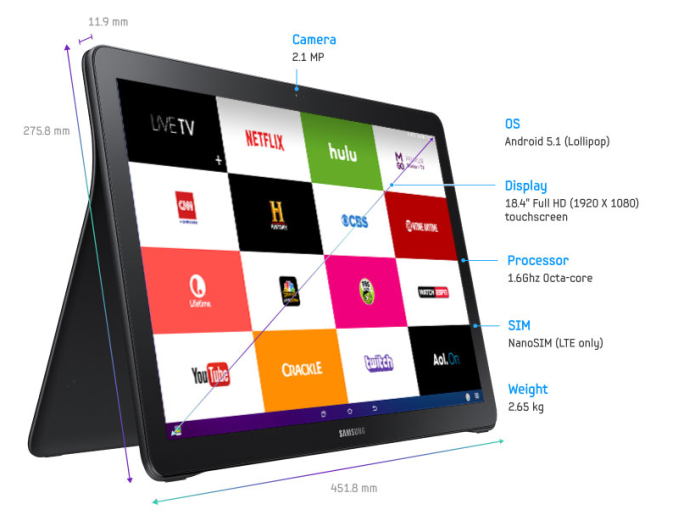

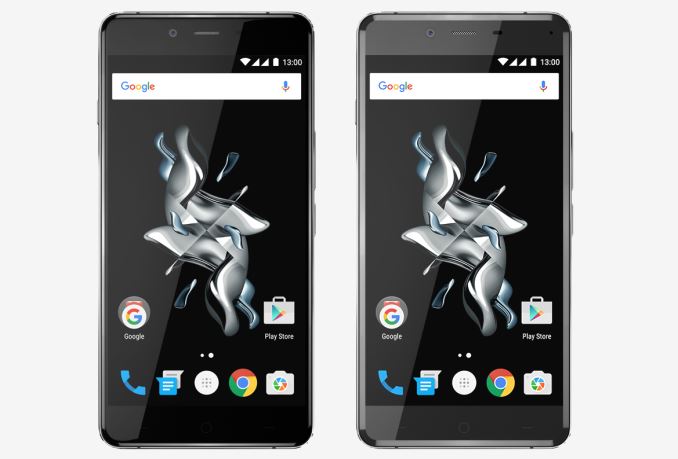

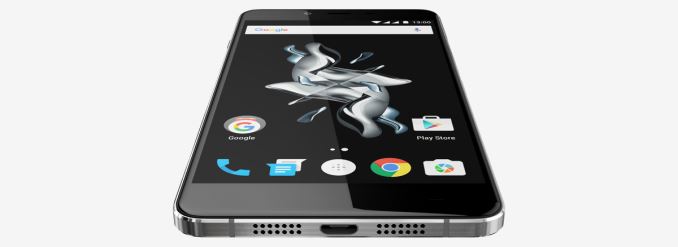


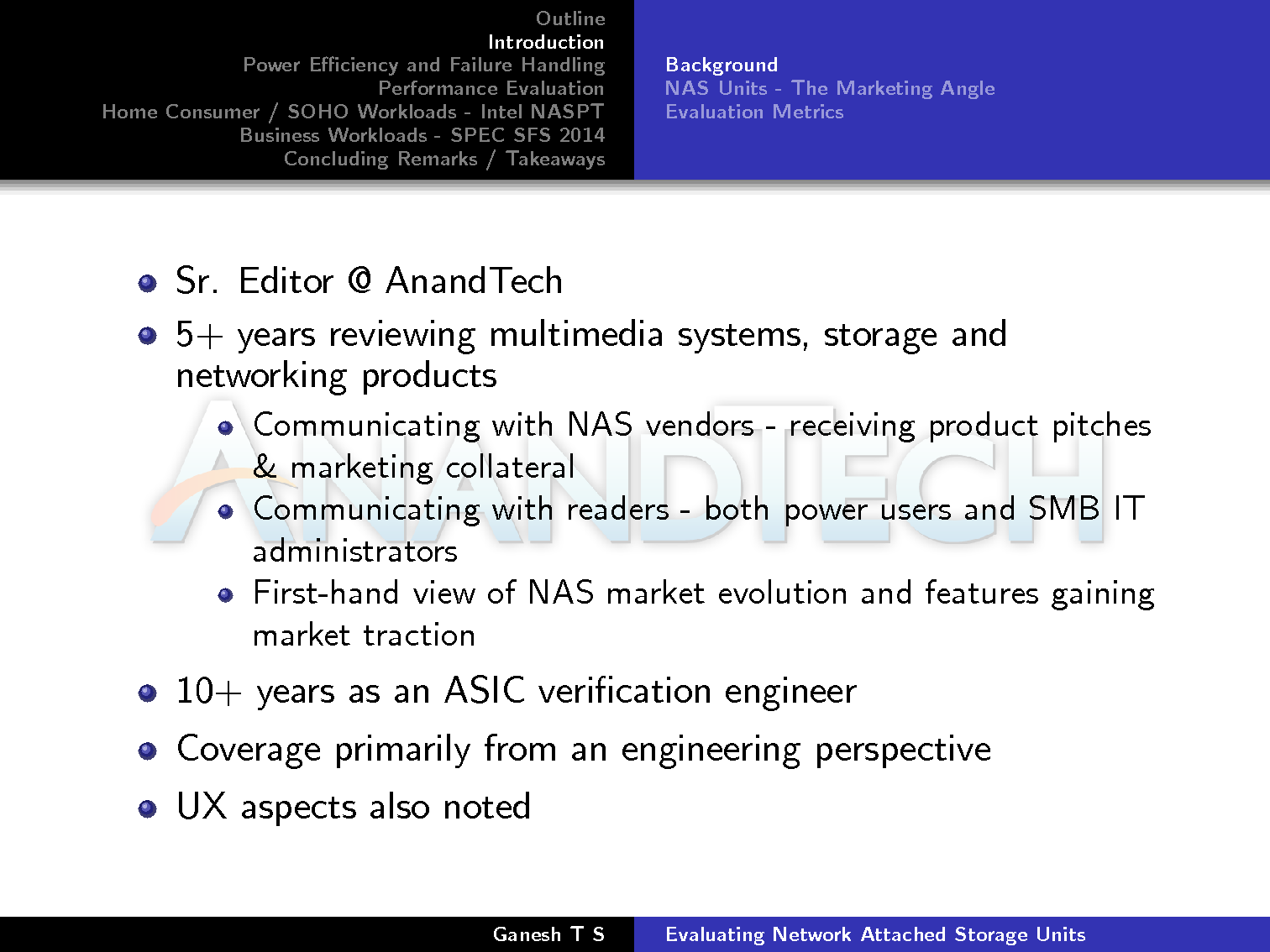

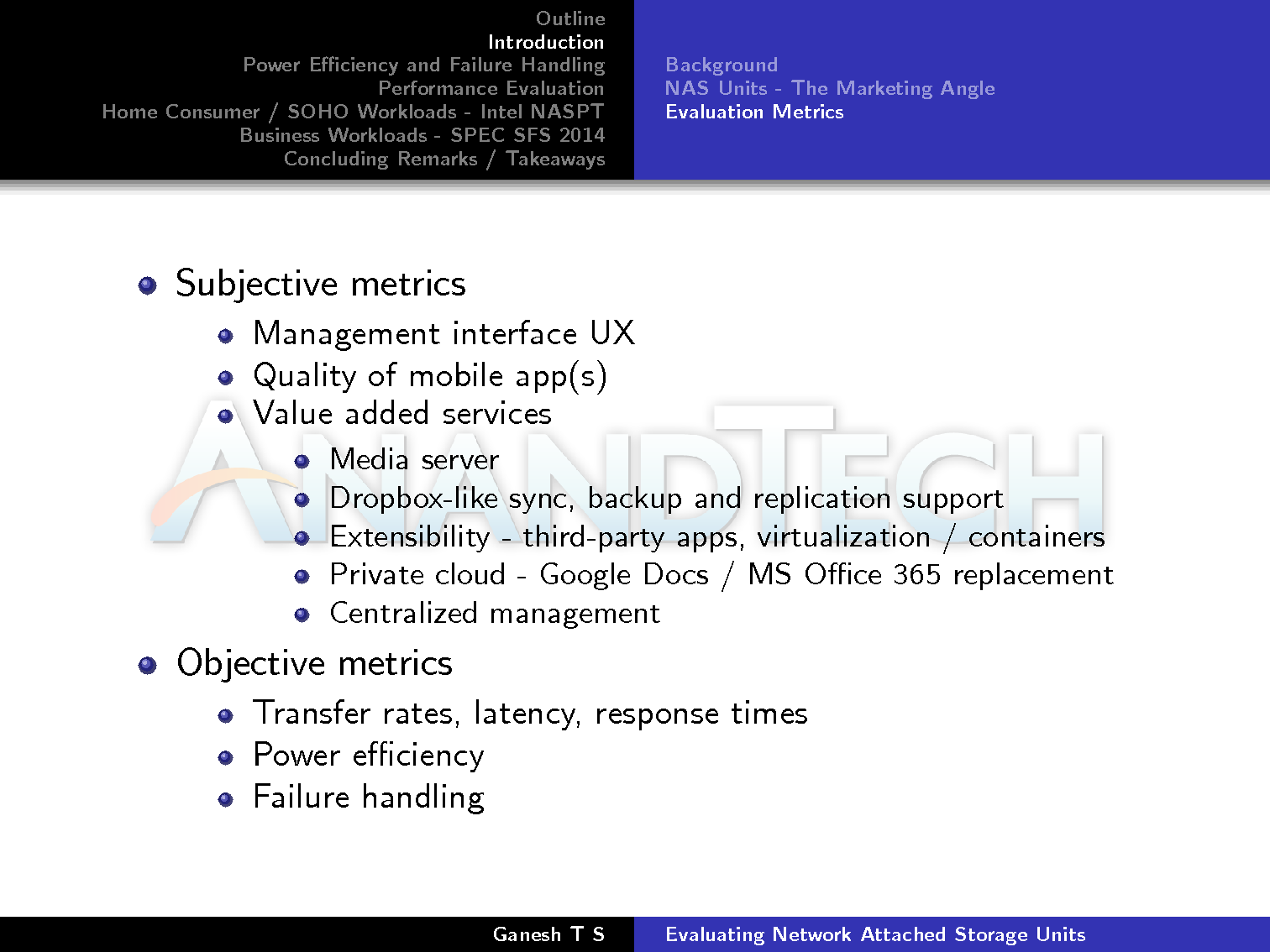
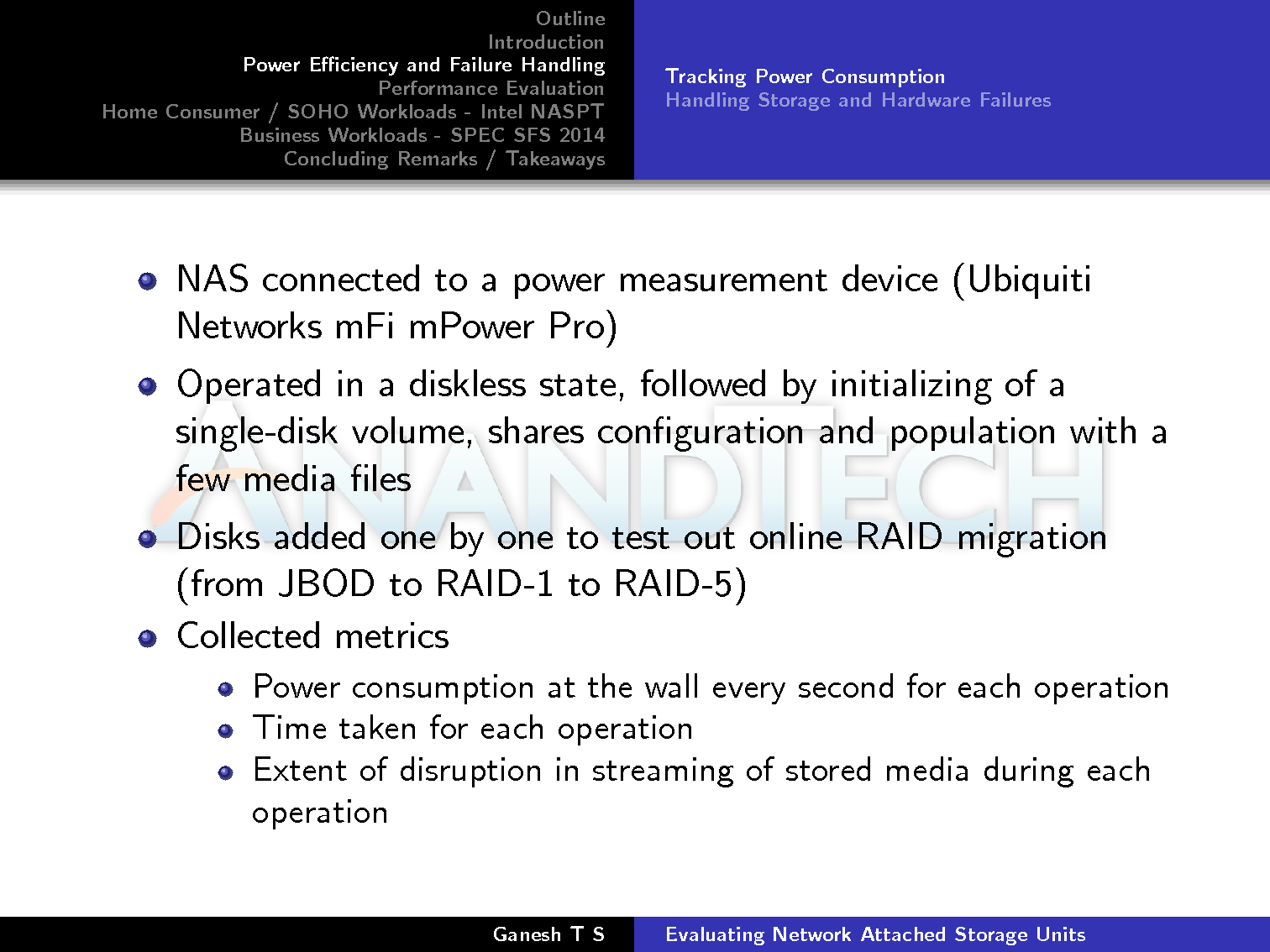
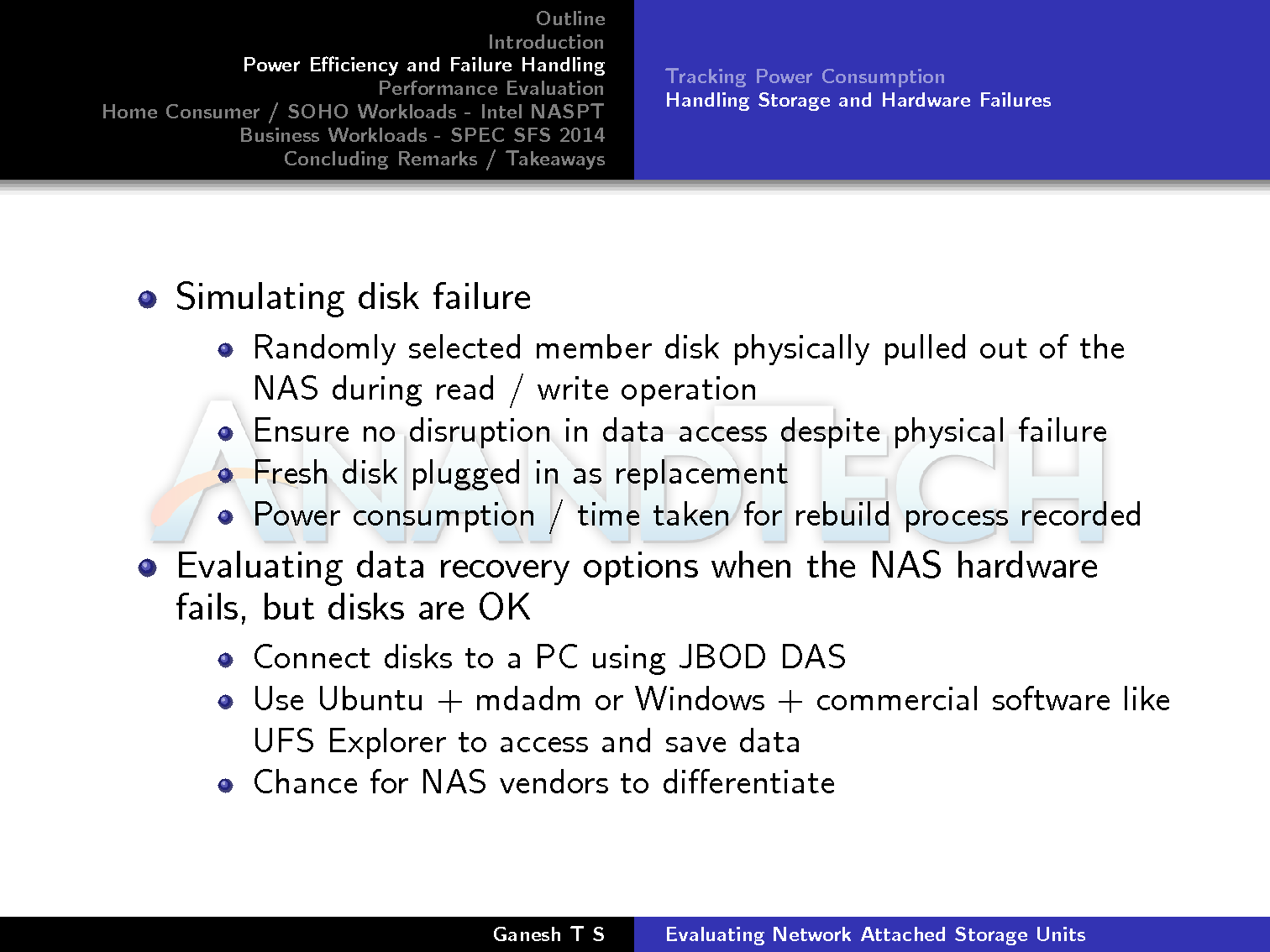
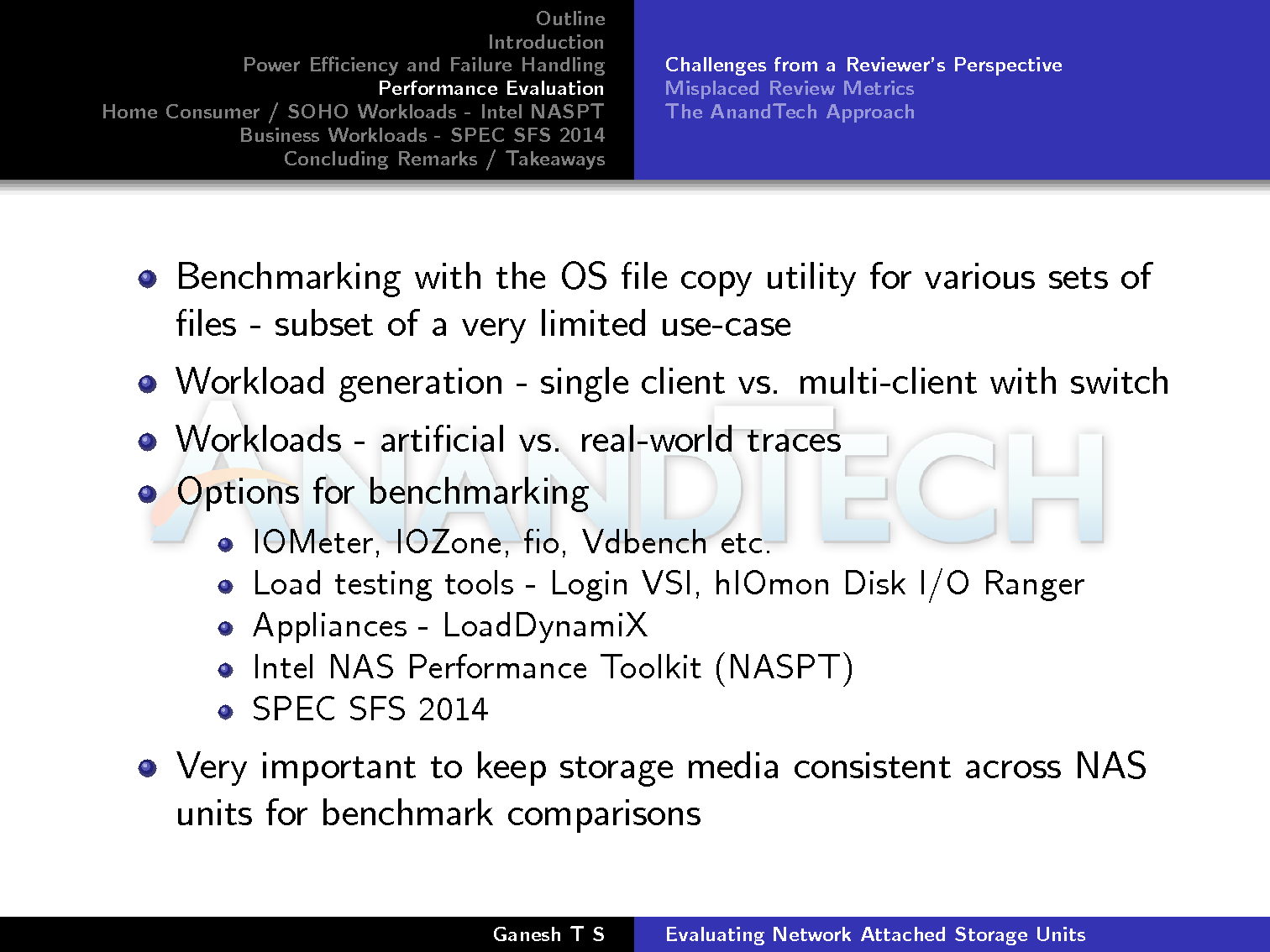
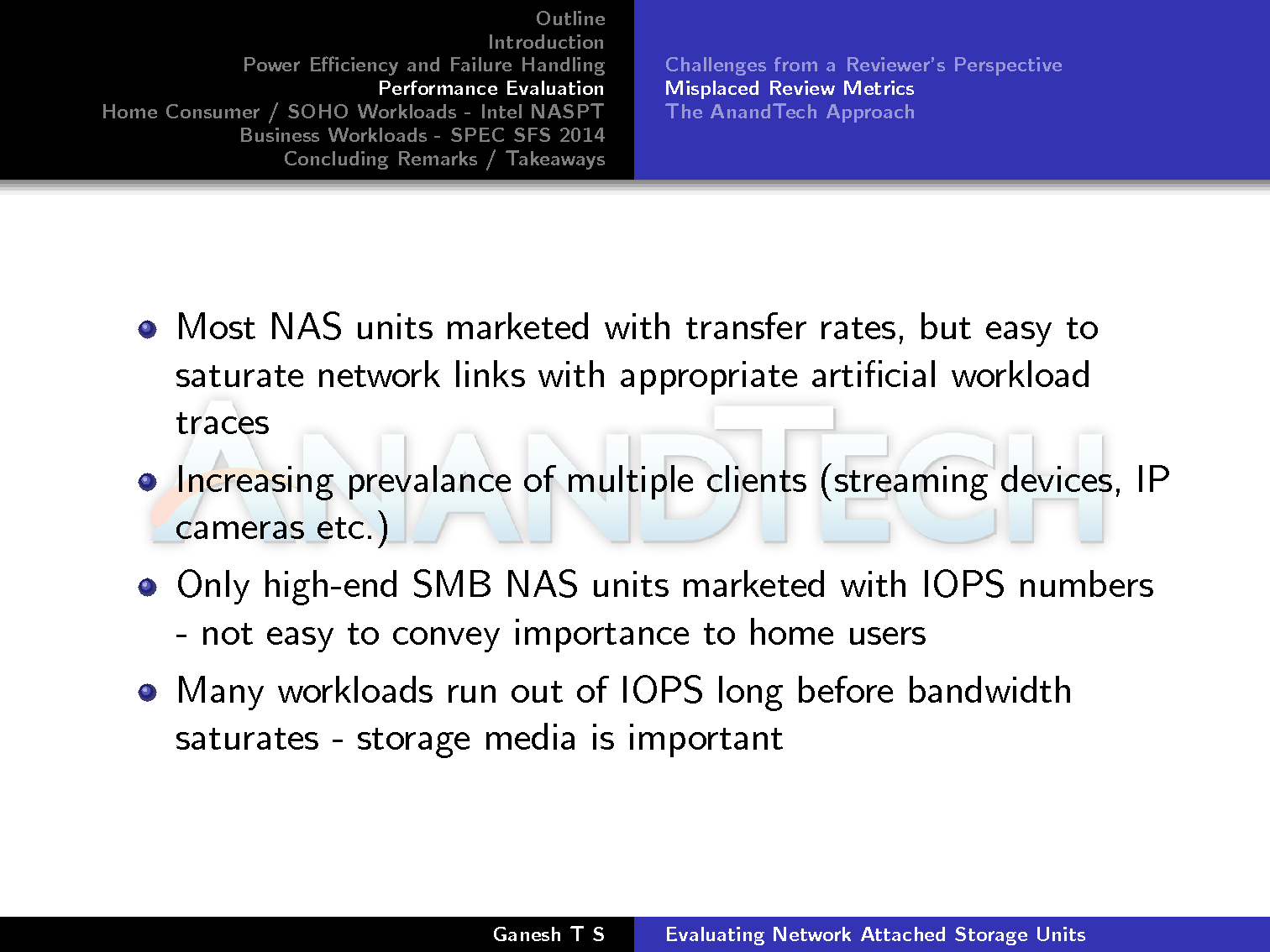
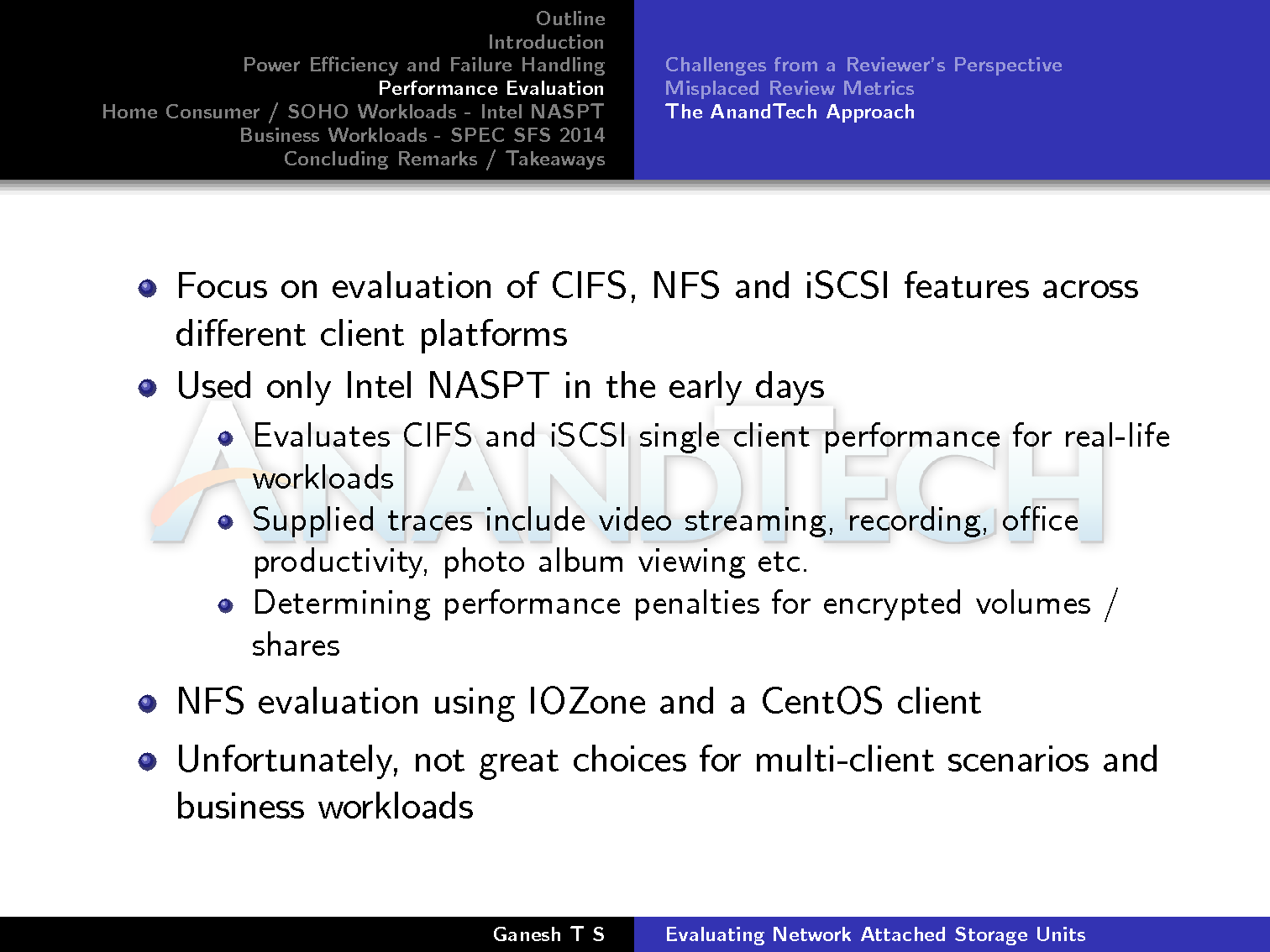
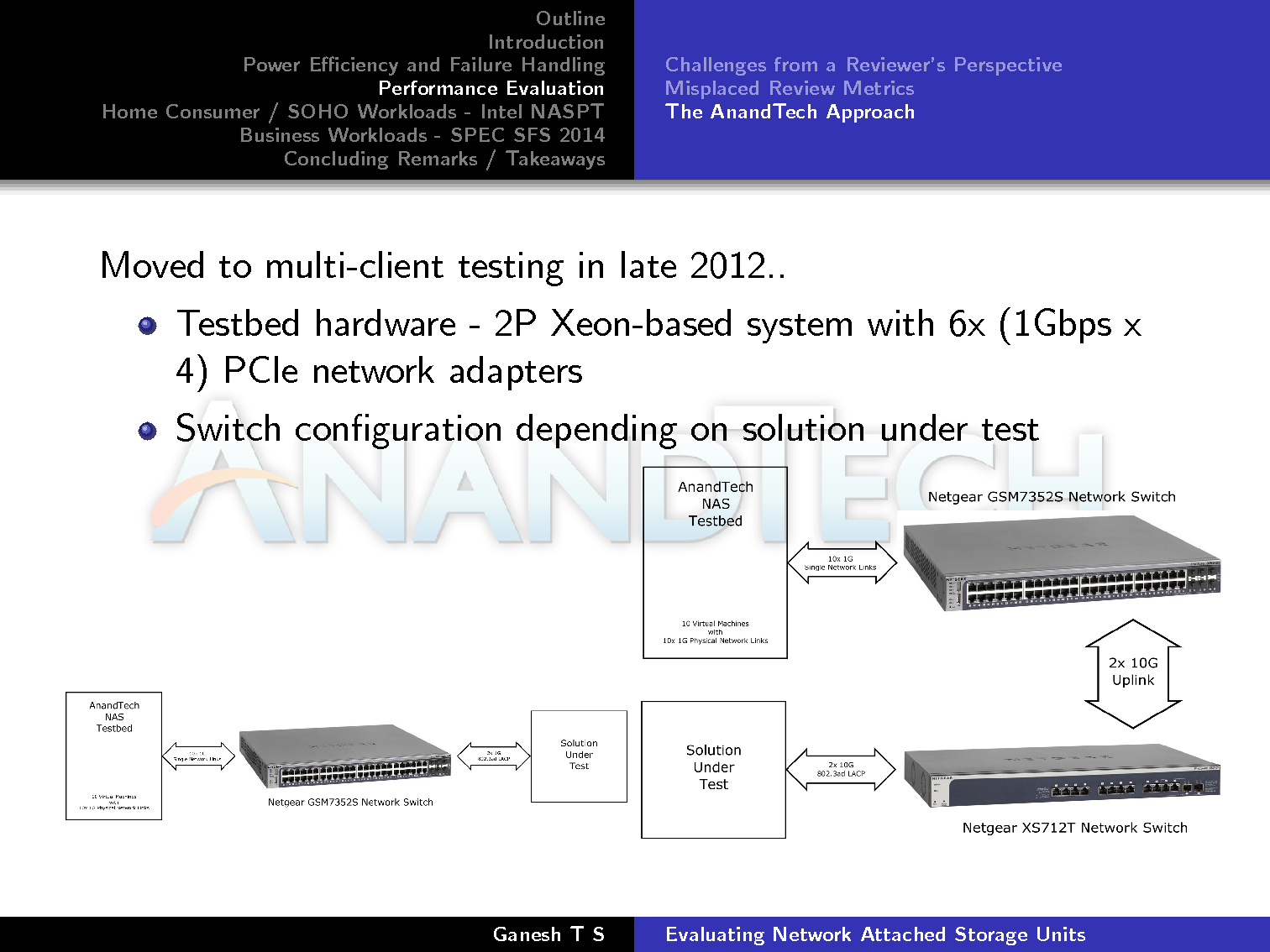
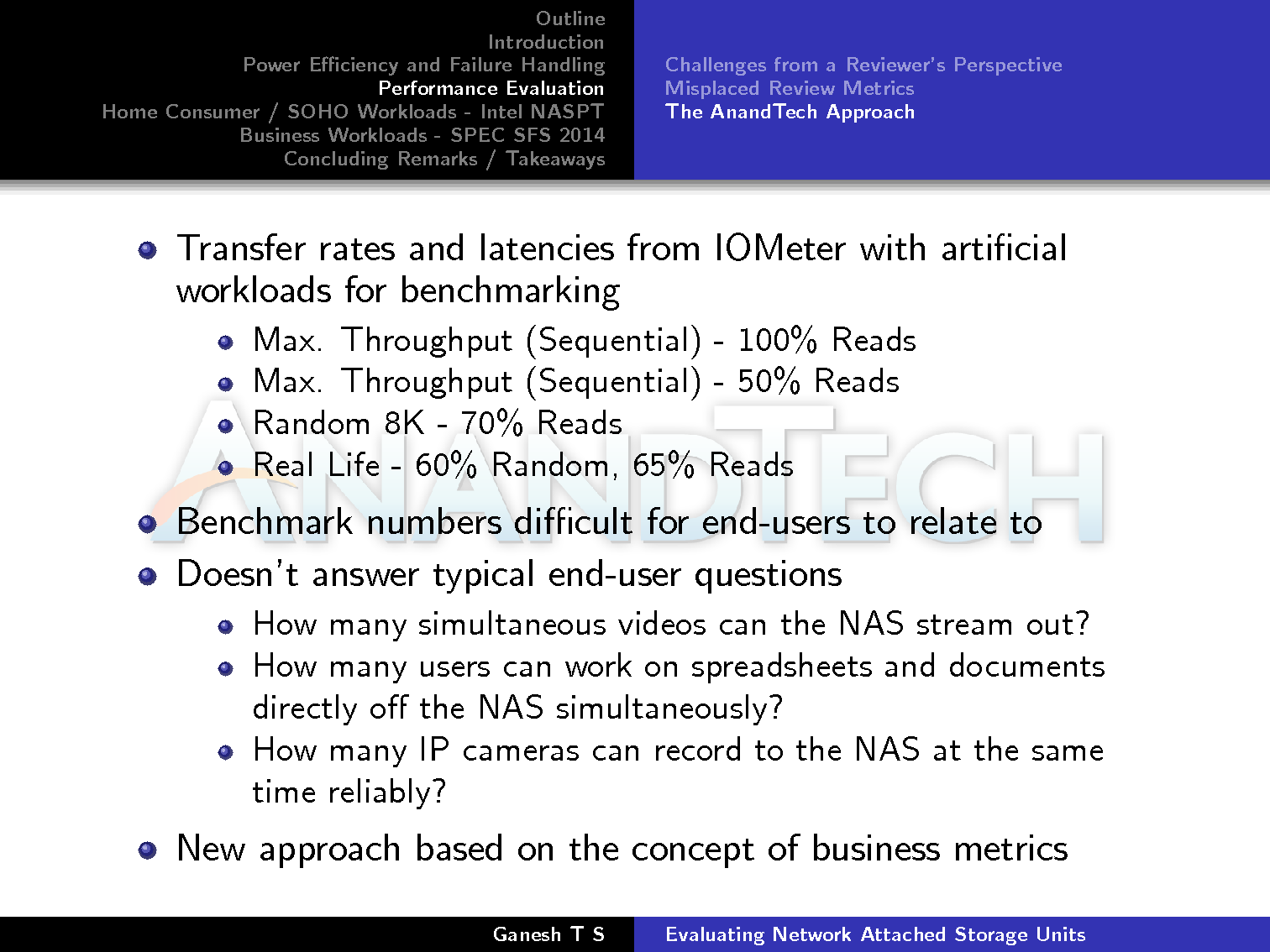
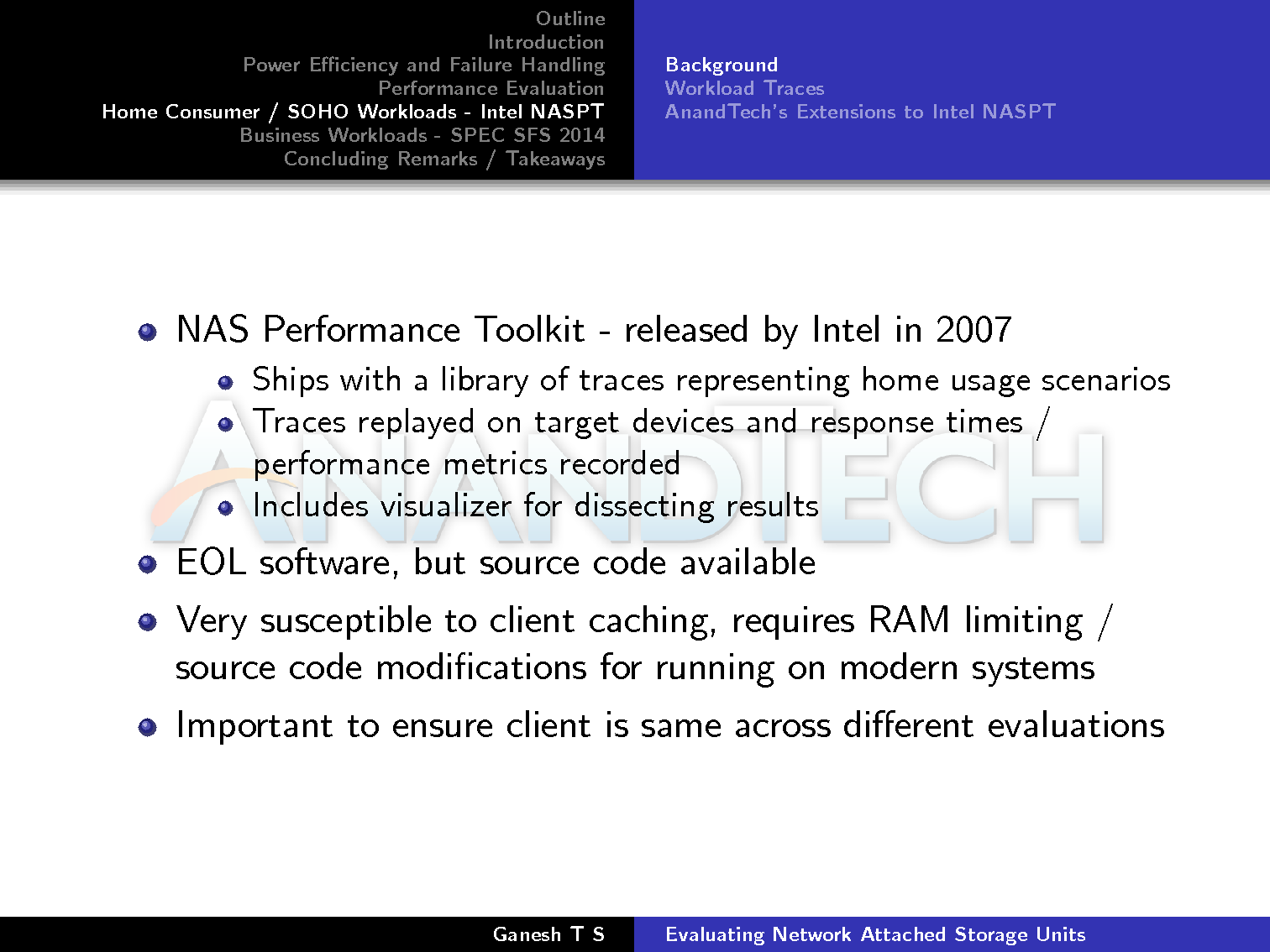
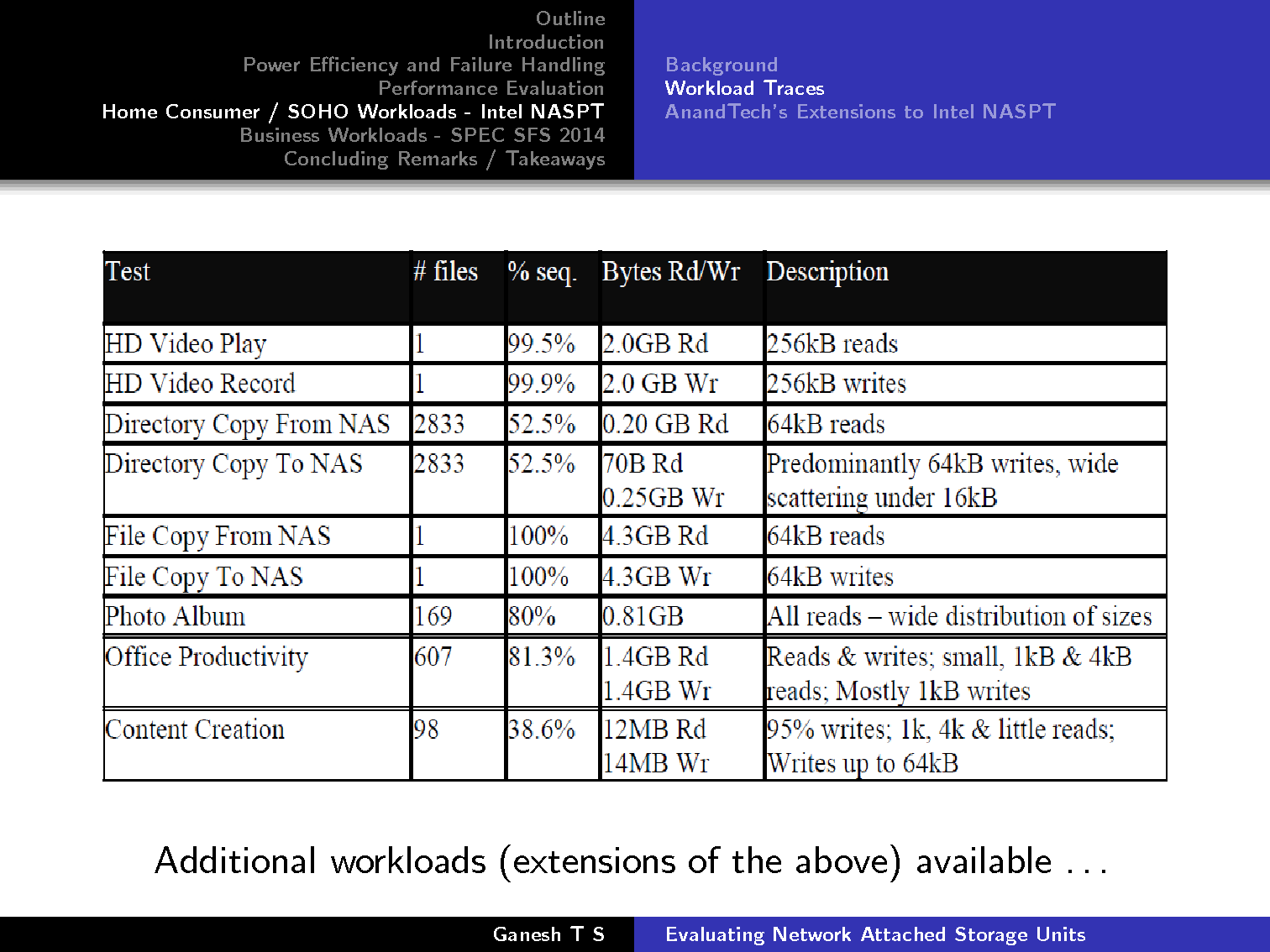
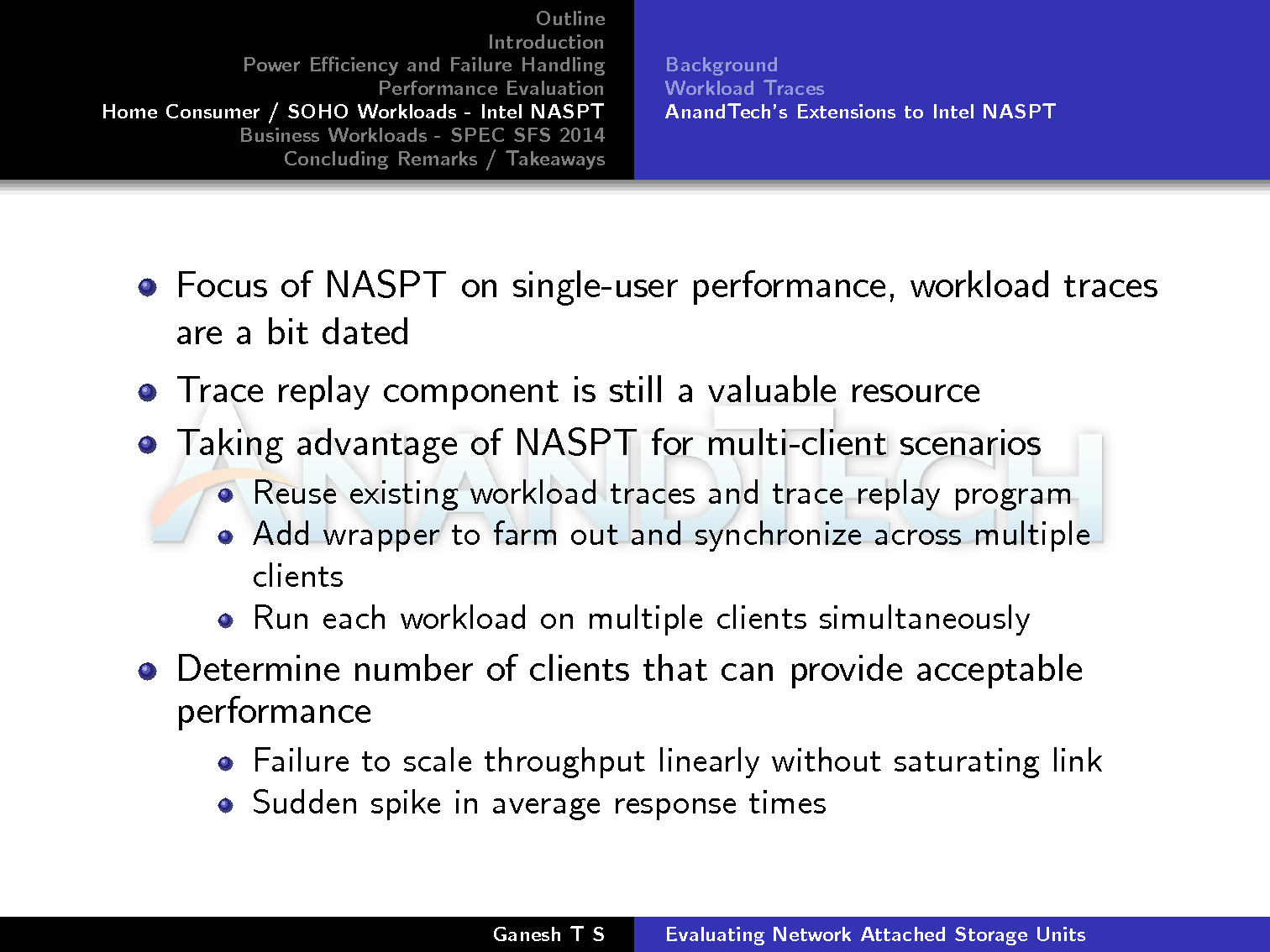
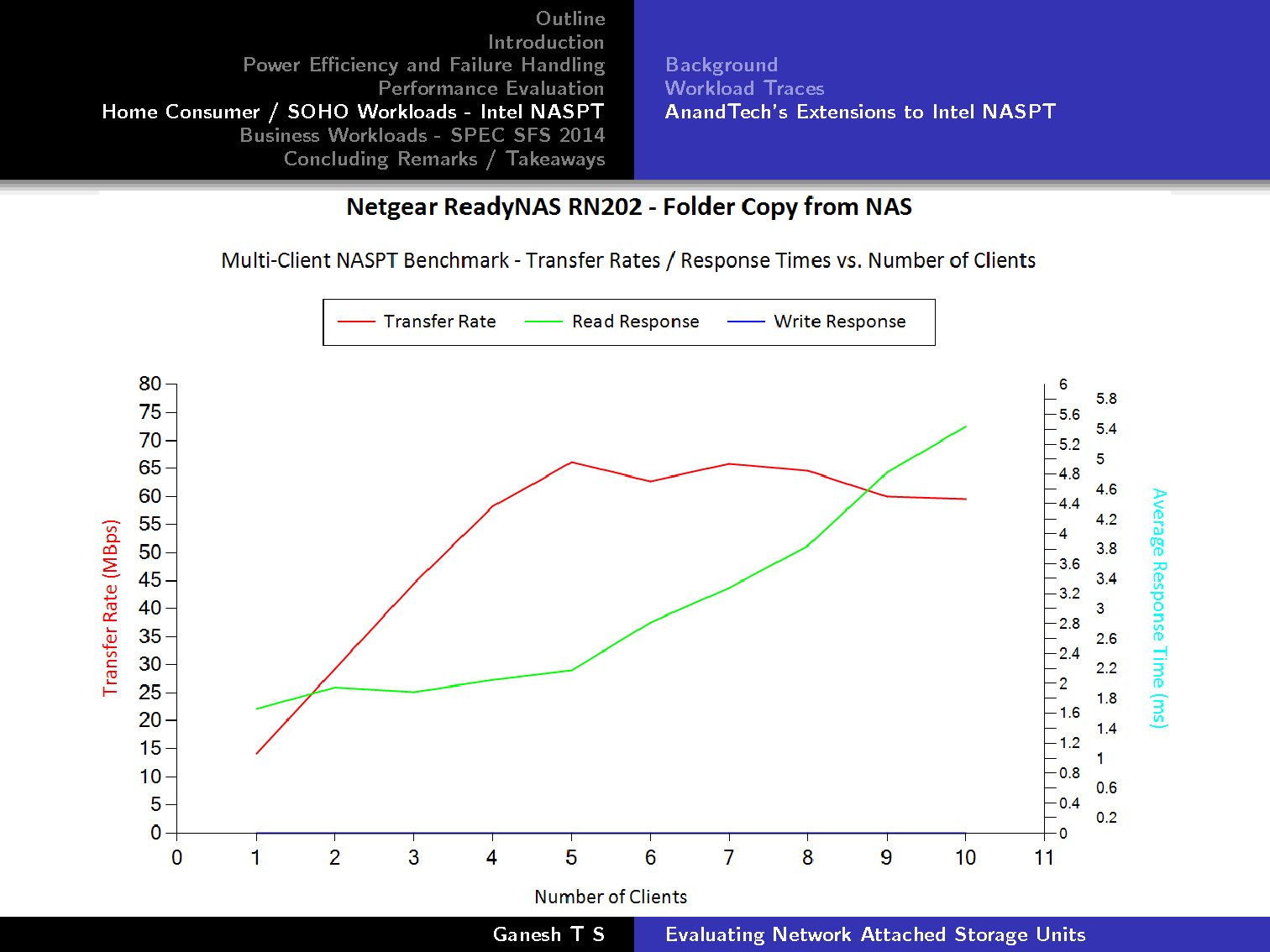
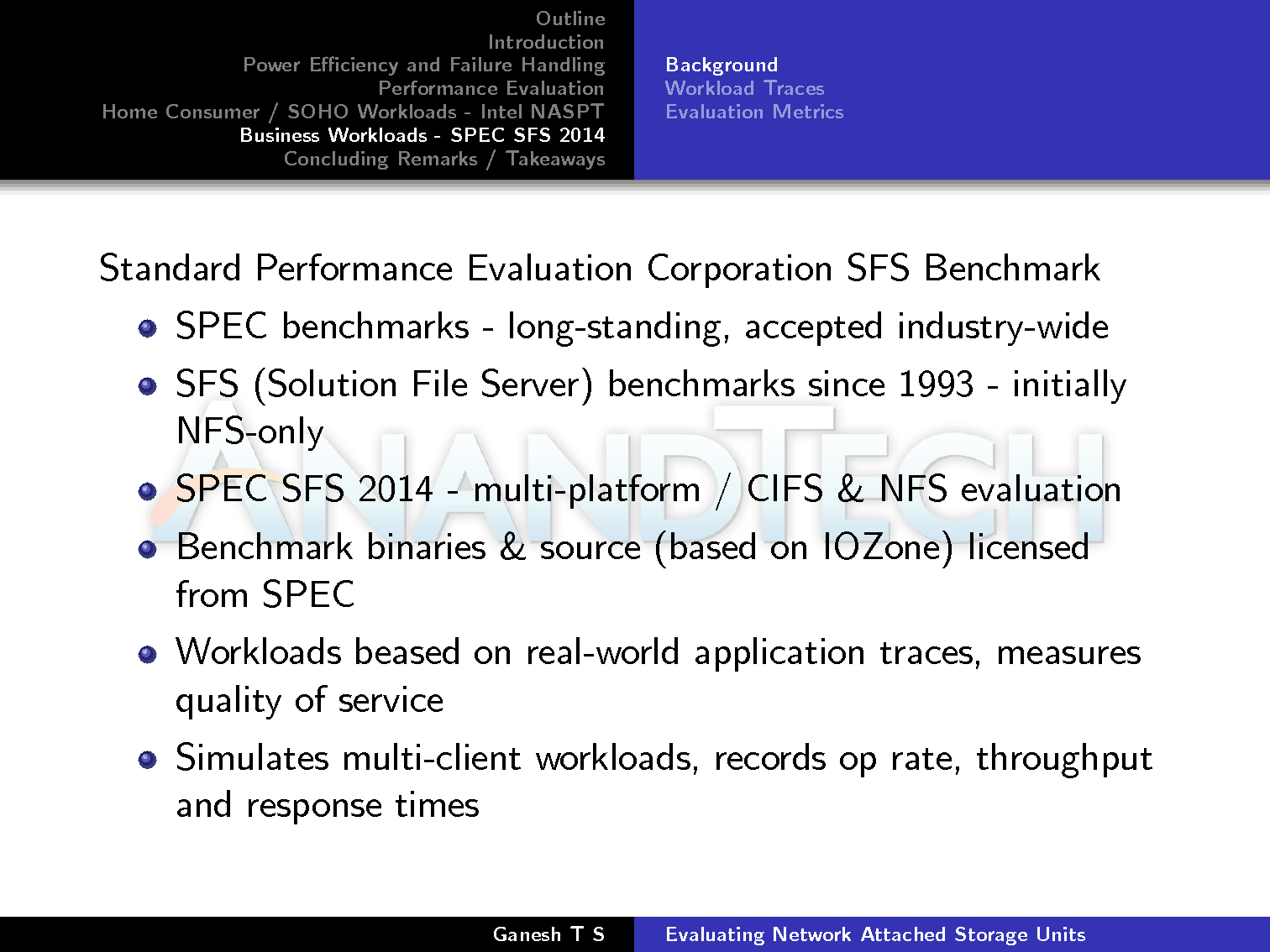
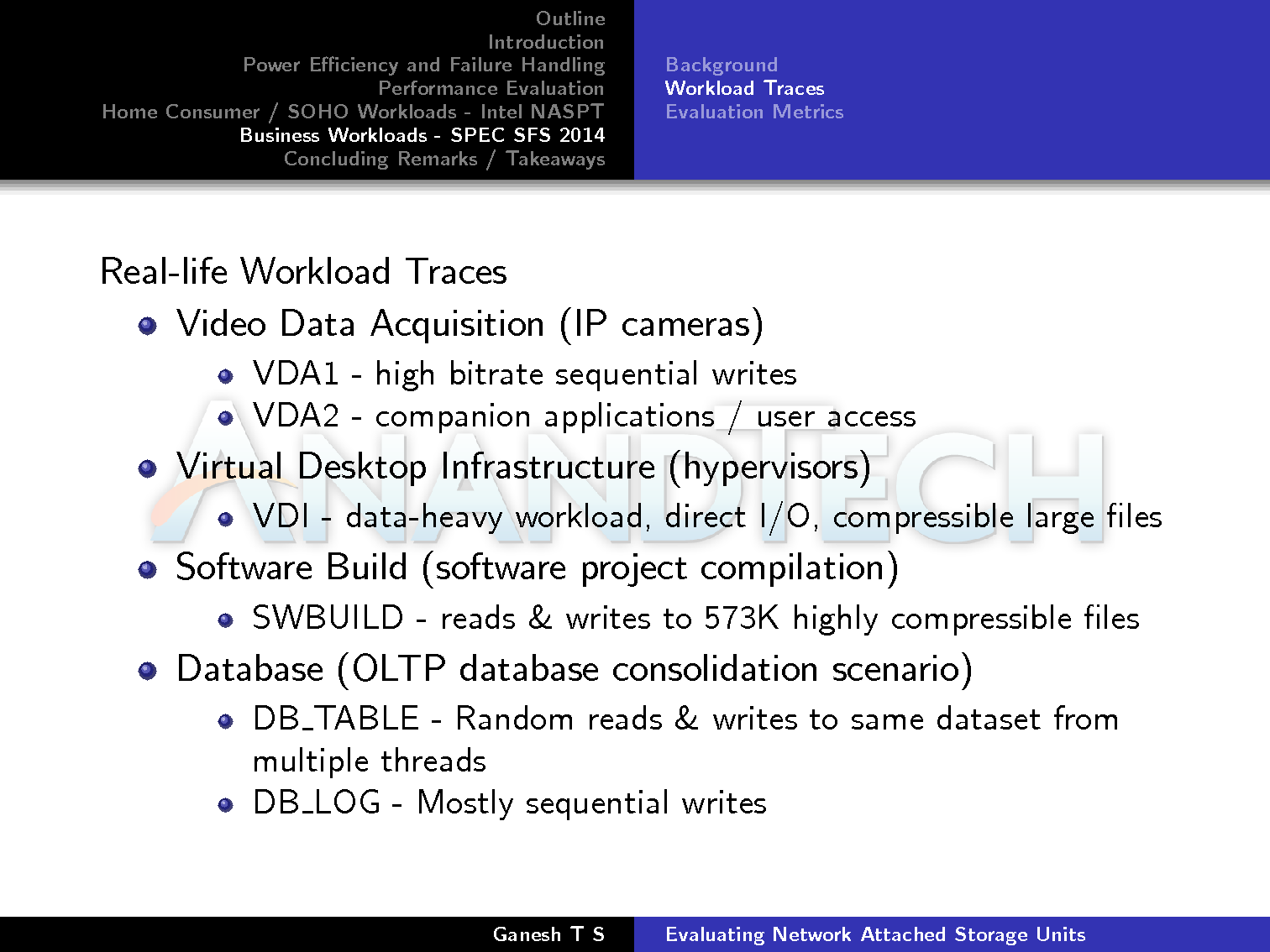
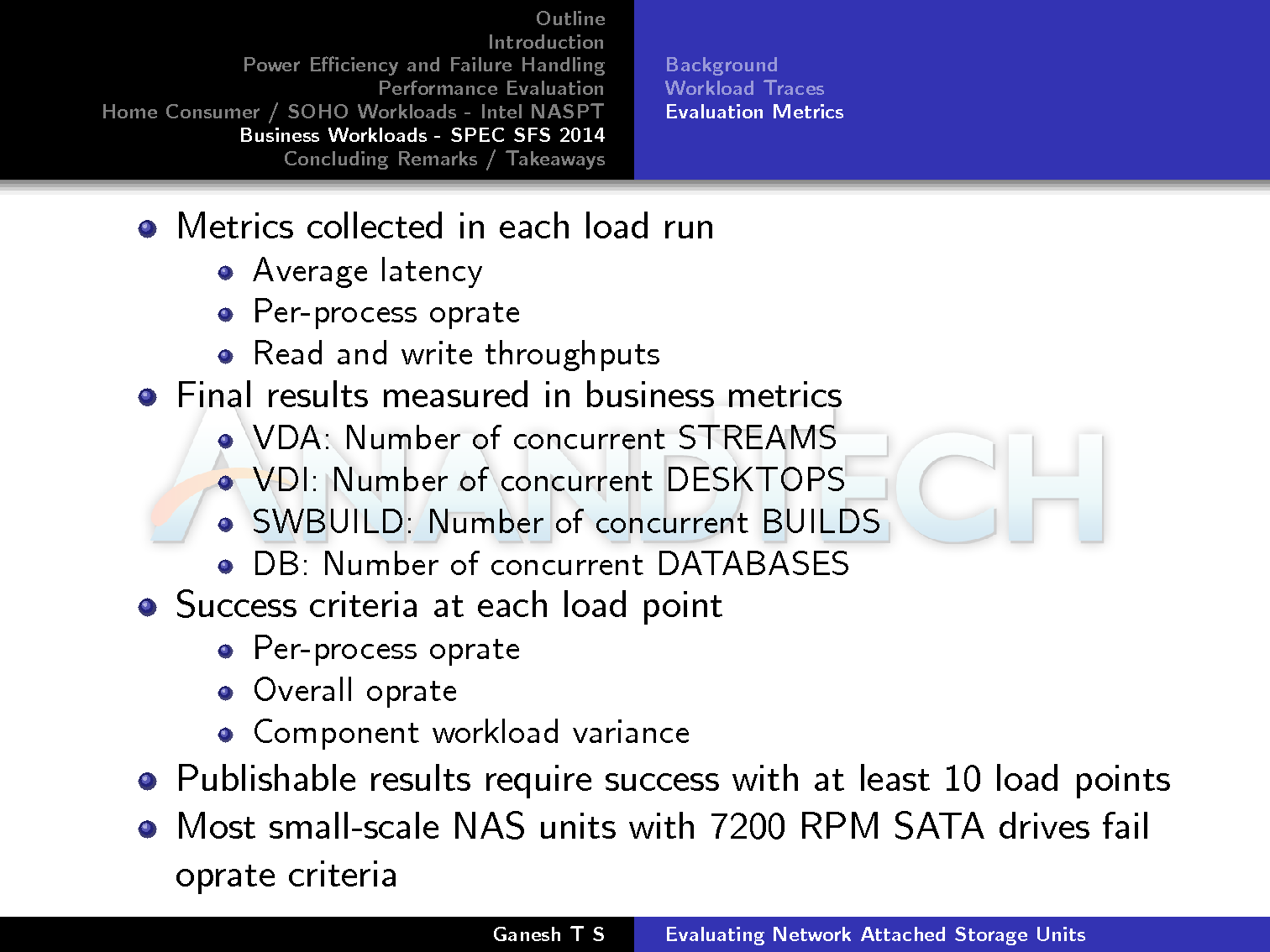

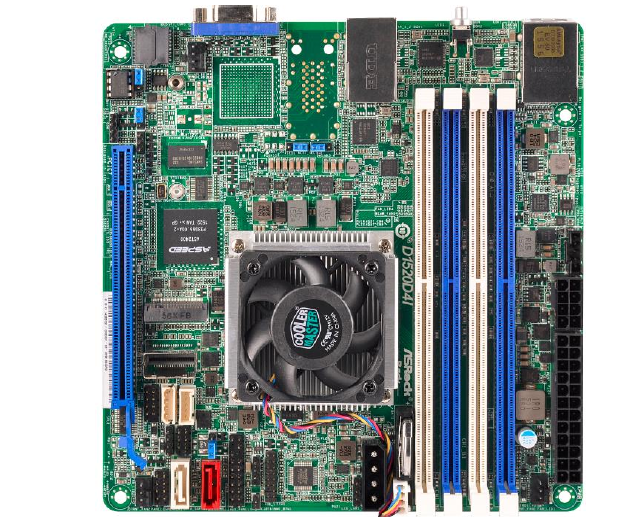






















Bookmarks